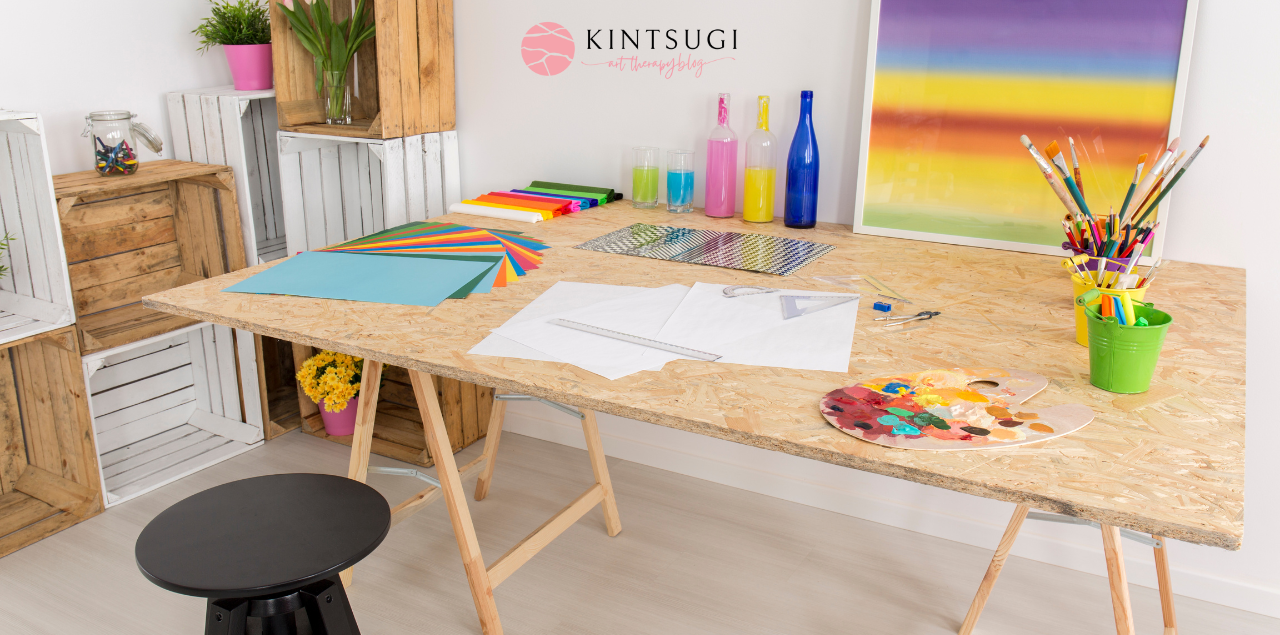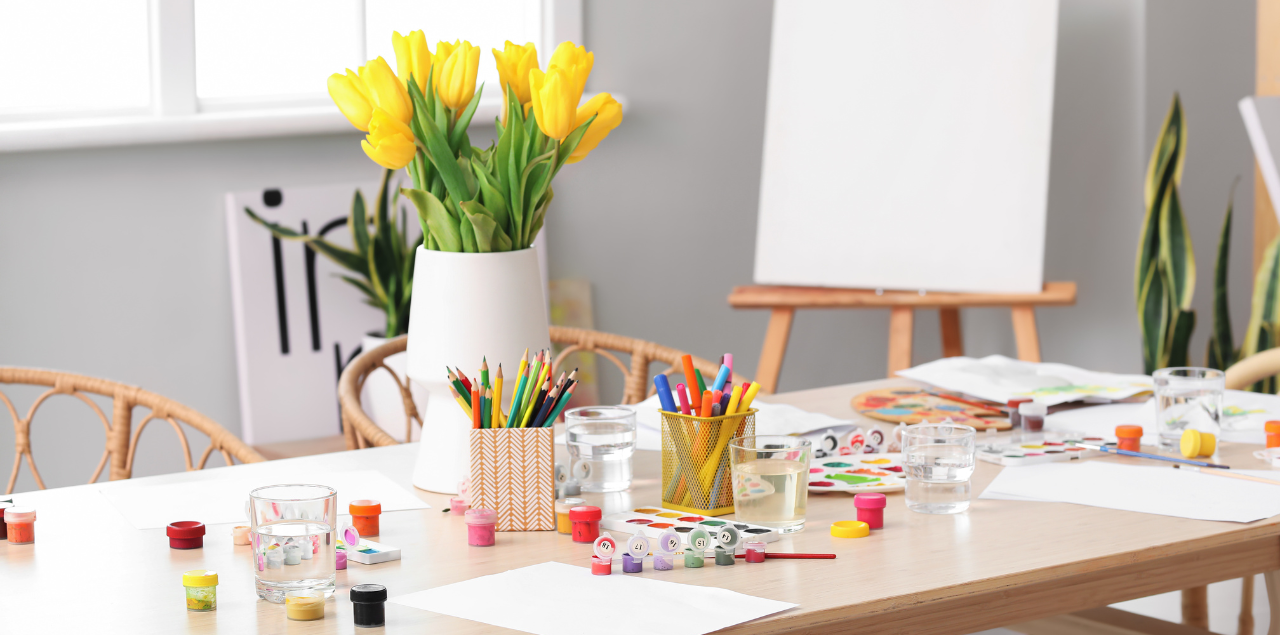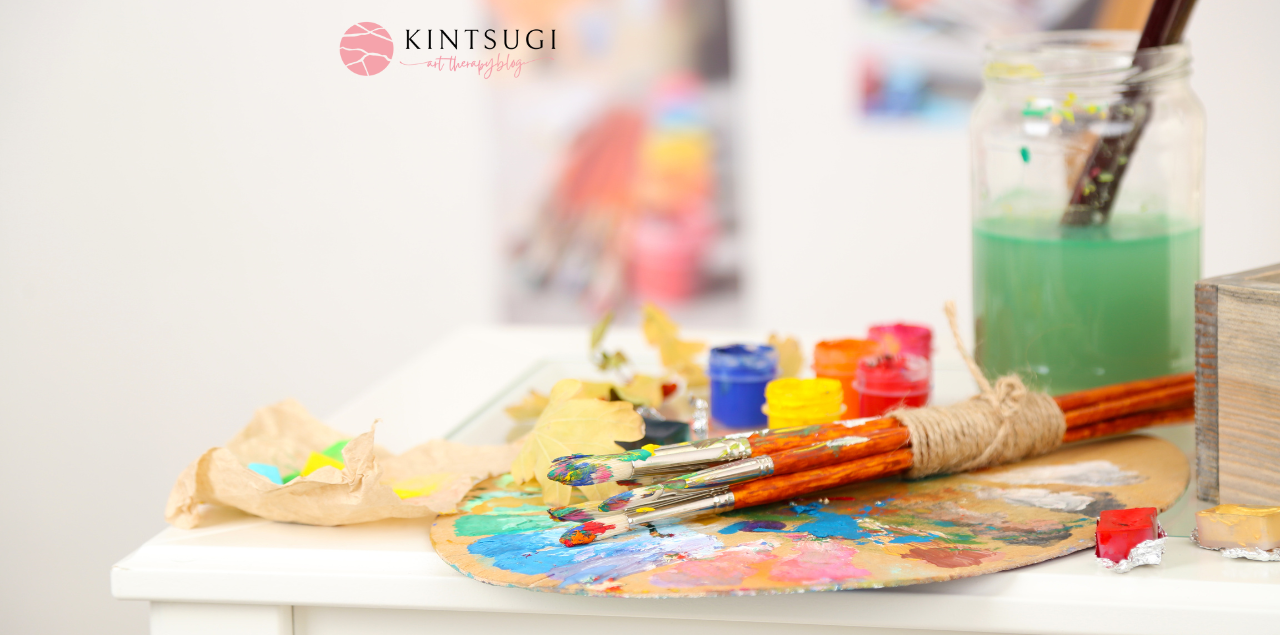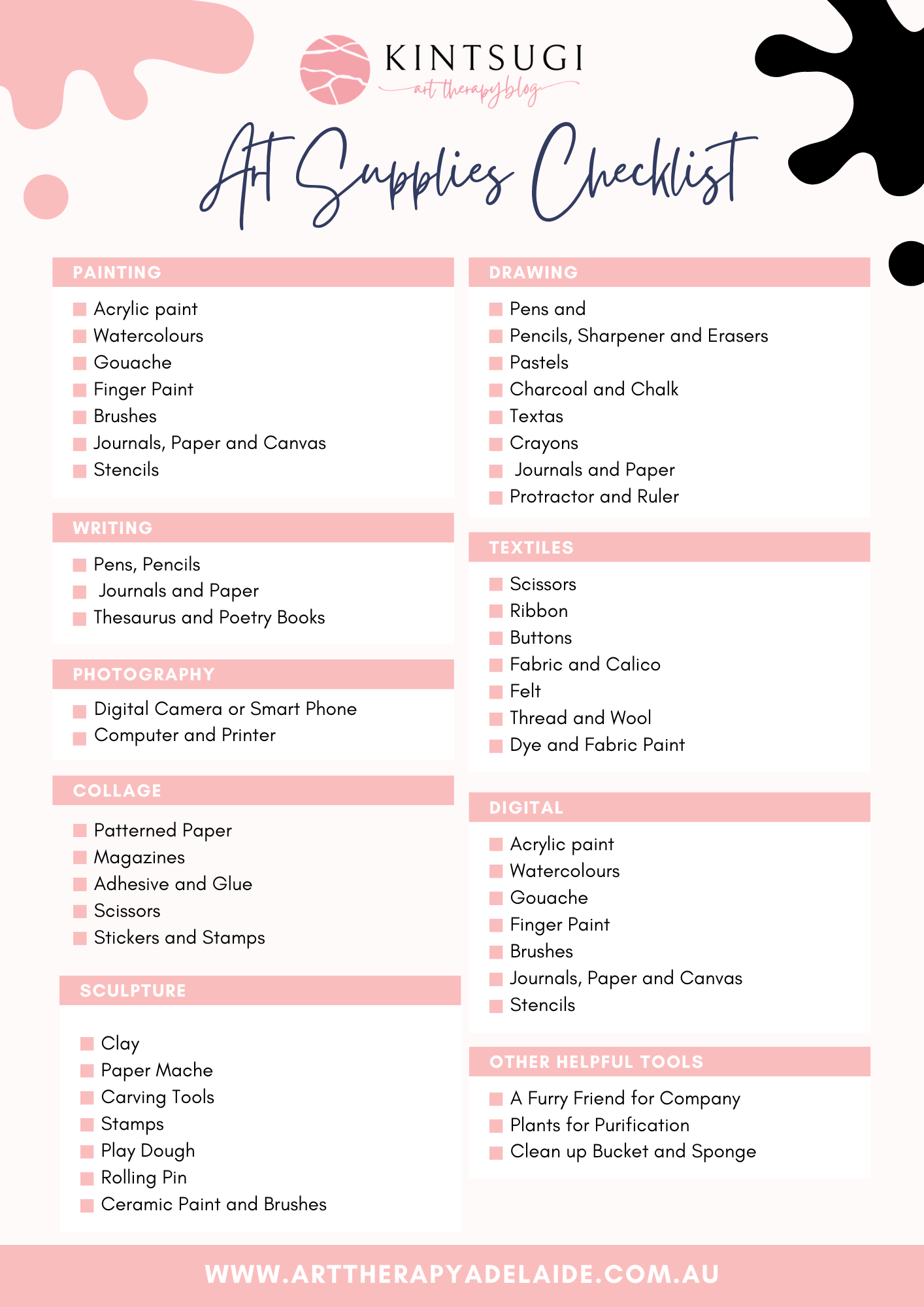Creating an Art Space

A Safe Space to Explore
When creating your space, consider what makes you feel safe and calm.
A great exercise to discover this is to spend some time drawing a picture of your happiest memory.
As you look at your completed picture, reflect on your sensory experience of that moment. Were there any specific smells? Can you remember certain textures? What colours can you visualise? Were there any sounds or music?
Now look at your own life. Are any of these sensory objects in your life now? For example if you have a pleasant memory of eating oranges after winning a sports game, you could burn orange oil in your space, put up some orange paintings, or even make an orange fruit bowl feature.
Try to bring as many of these sensory objects into your space as you can, they will lift your mood and bring a sense of love and security into your practice.
Atmosphere
Some common items you can add to your space include:
- Plants
- Soft Curtains, Rugs and Pillows
- Inspiring Photos, Images and Quotes
- Some Comfy Chairs
- Music
- Warm Lighting
Functionality
Try to find a space that is self contained in order to create privacy and minimise distractions, that allows you to access art products, easy clean up, and allow enough space for complex projects if necessary.

Furniture
For personal practice, you should have a table, chairs, art supplies and storage space. If you will be sharing the space with family members and Clients, it is important to have comfortable armchairs for discussion and reflection.
You may want an easel to use for painting or to display work that brings you joy. If your art space also serves as your office you will want to have space for your desk, computer, and any other office equipment.
Ideally, your art therapy room should also contain a sink with running water so that clients can easily clean up after art activities. If you don’t have access to a sink, you can use larger containers of water to use as wash up buckets.
Storage and Organisation
You may wish to photograph or store some of your artwork, other works may be painful, and you can paint over, tear up or burn them to help to release the negative emotions.

A Wide Range of Tools and Mediums Available
Art Therapy is about the creative process, not the creation. You don’t need to have the most expensive tools, but regularly using a range of tools is important. Tools such as clay, textiles, fibres and fingerpaint are highly sensory and are less controlled, making for an experience that taps into your subconscious. Controlled tools such as textas, pens, and pencils provide less of a multi-sensory experience, but provide a sense of comfort while working.
A good art therapy session will blend both.
Click on the link below to download a checklist for art therapy supplies.
